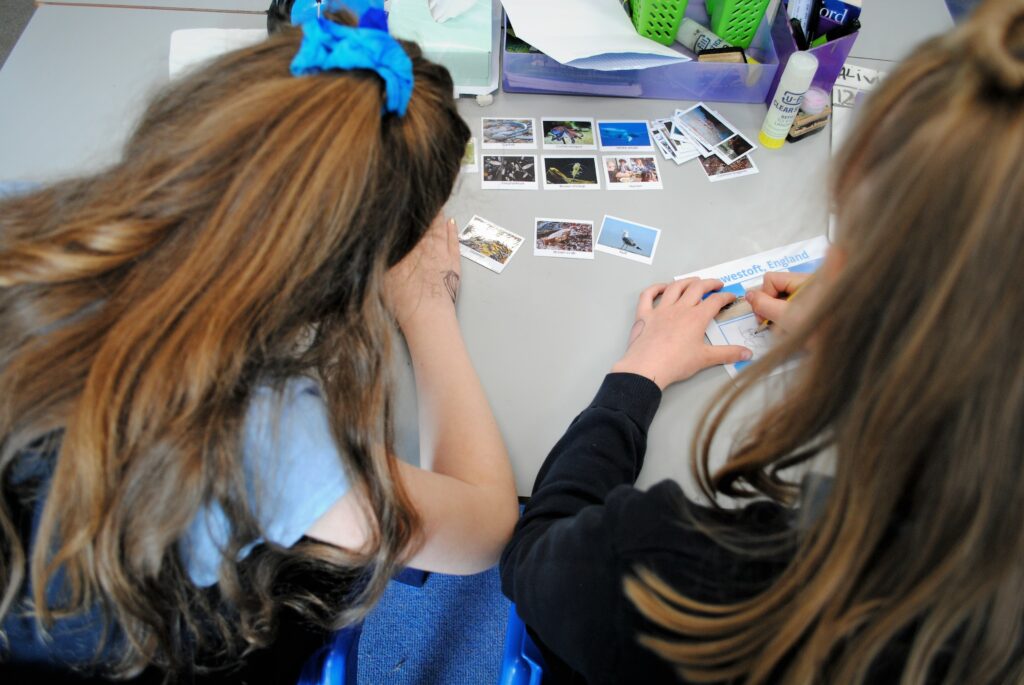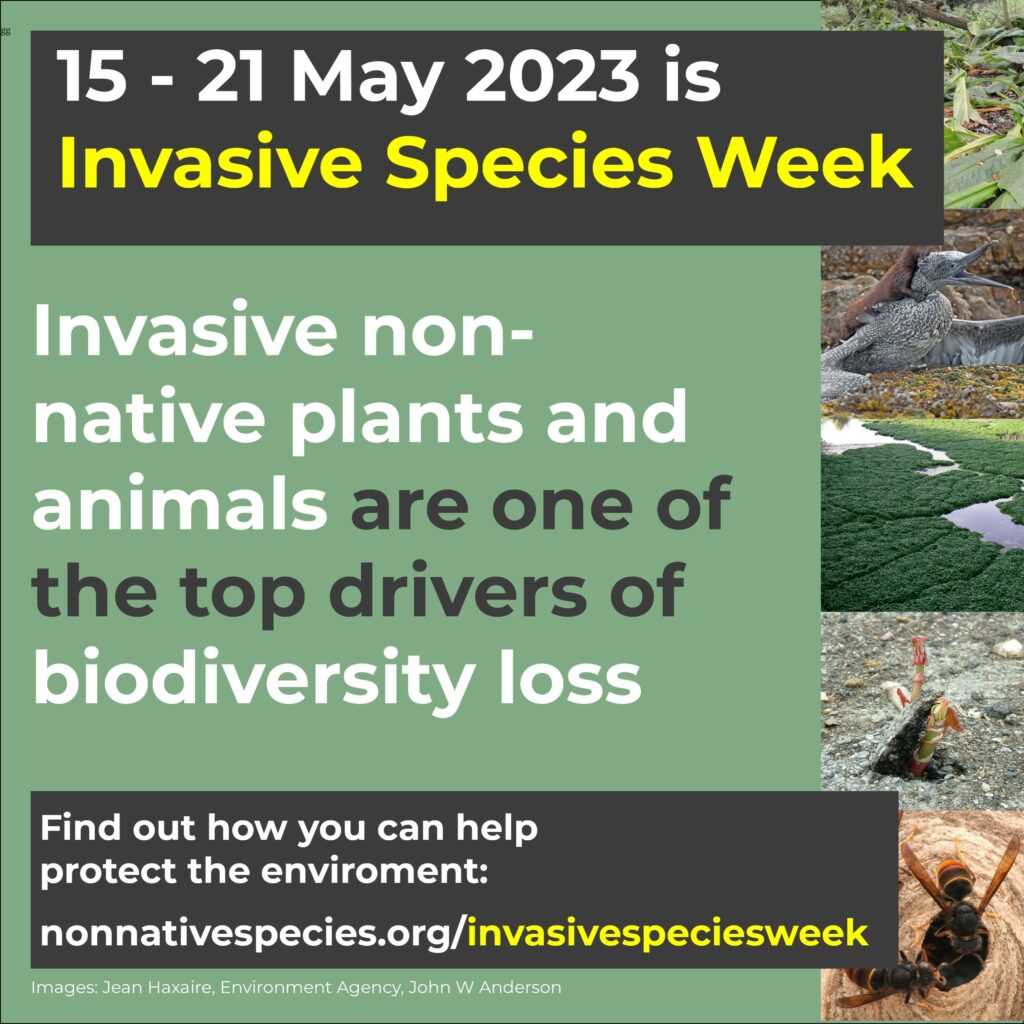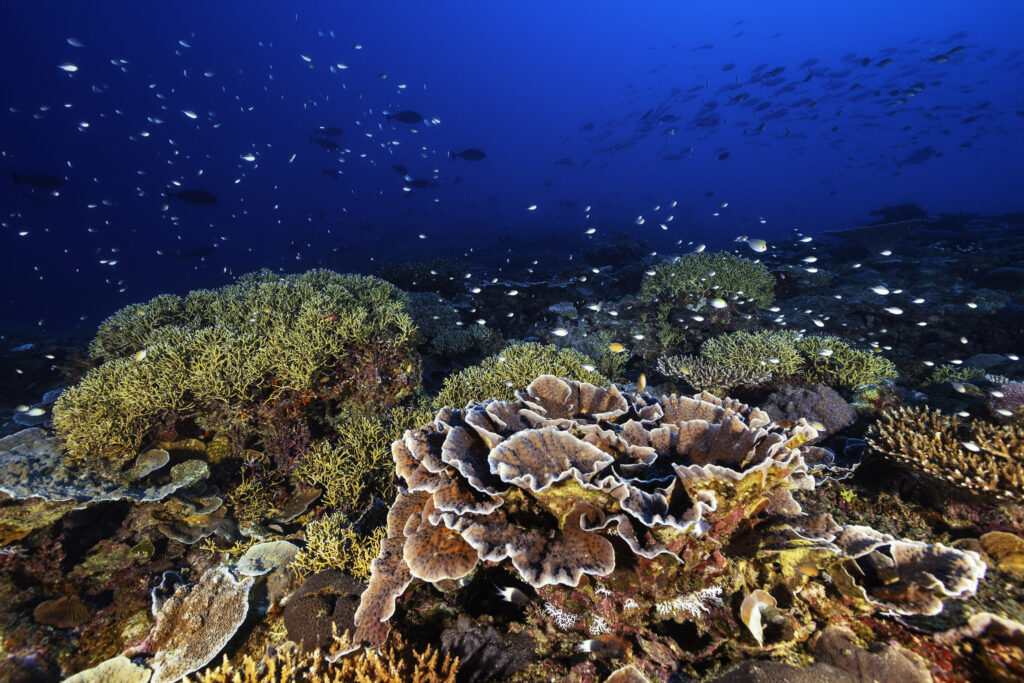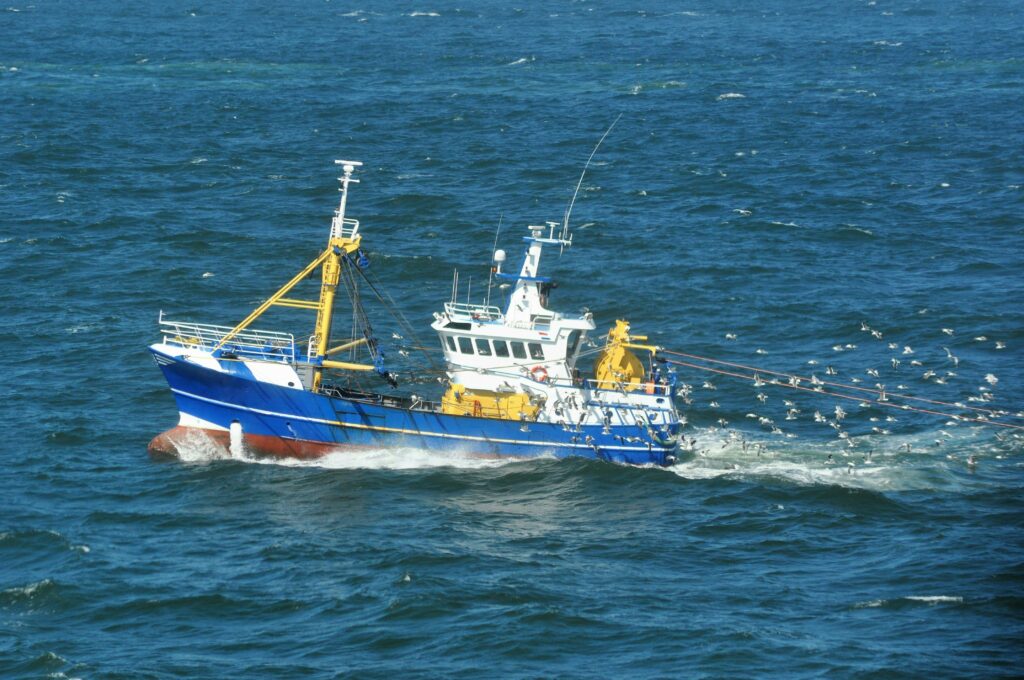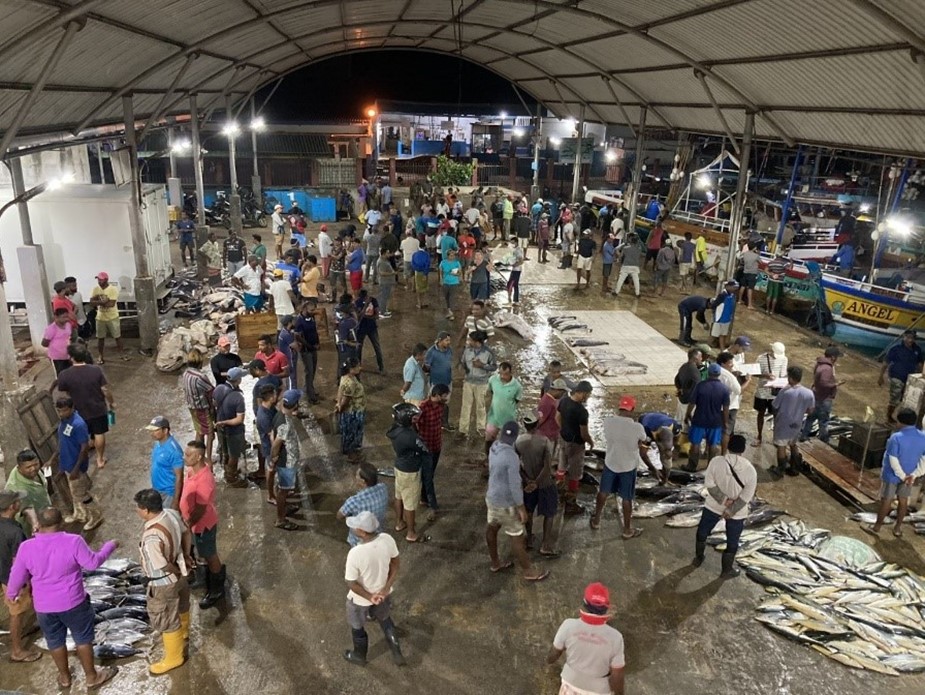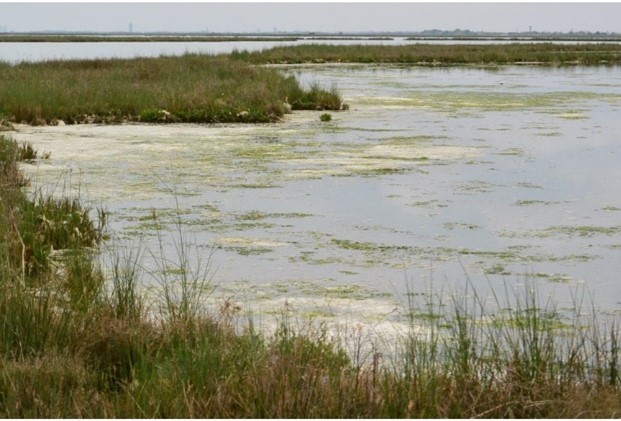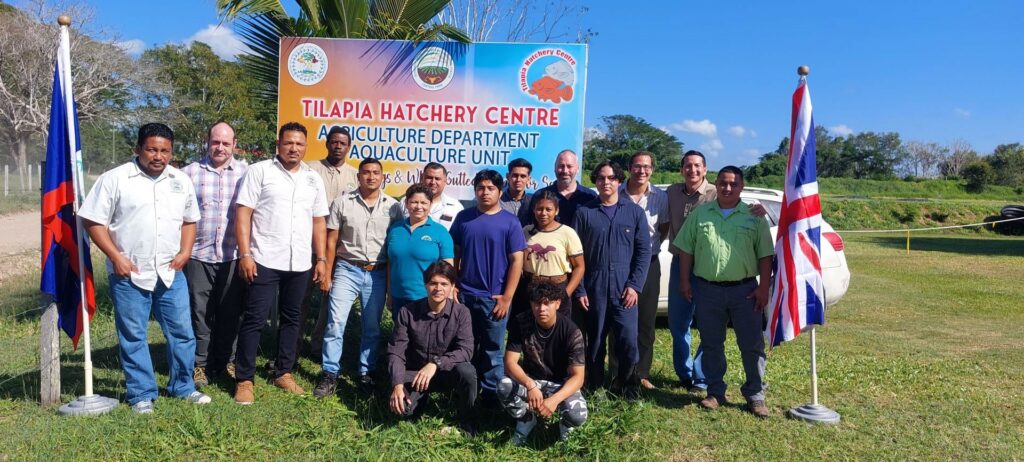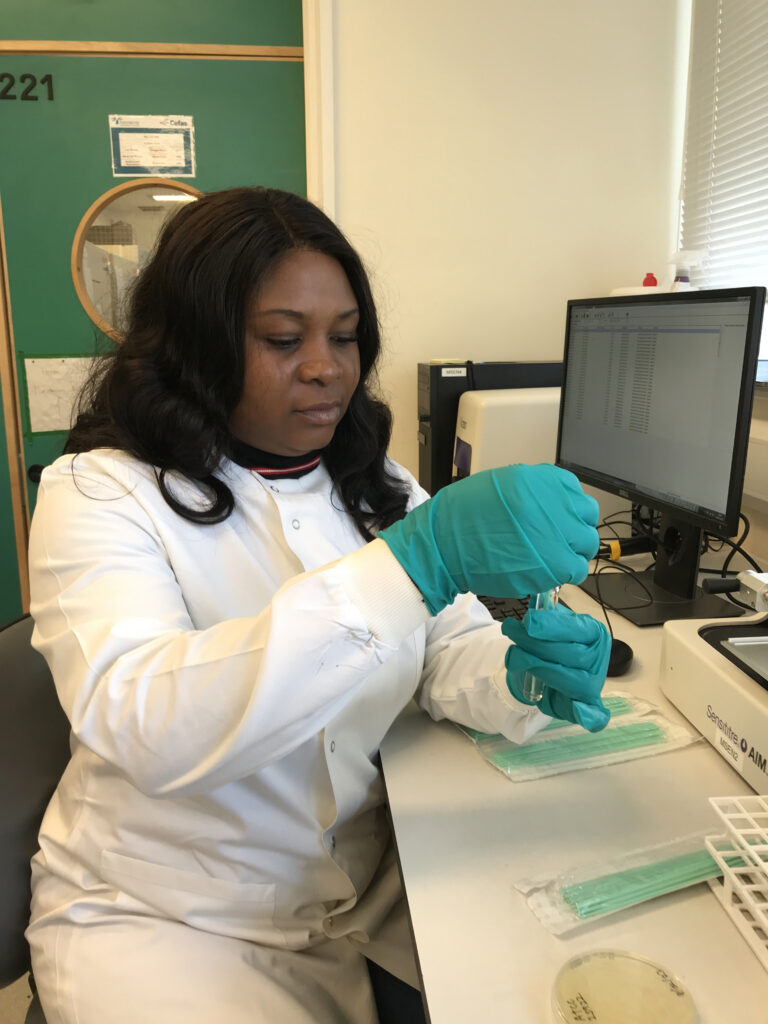Supporting Ecological and Economic Resilience in the Maldives’ Marine Ecosystems - Ocean Country Partnership Programme
Supporting Ecological and Economic Resilience in the Maldives’ Marine Ecosystems - Ocean Country Partnership Programme
By Sarah Allison The Ocean Country Partnership Programme is a bilateral technical assistance and capacity building programme that provides tailored support to countries to manage the marine environment more sustainably, including by strengthening marine science expertise, developing science-based policy and …

